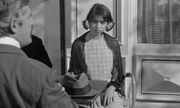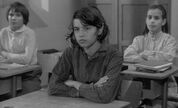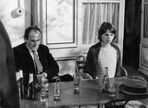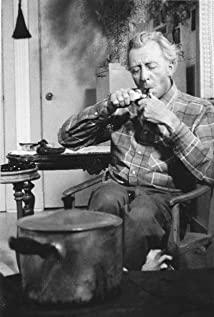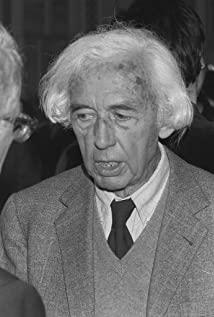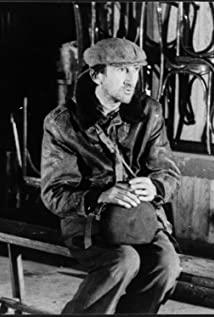It is still Bresson's minimalism, from the close-up to the characters, from the part to the whole, and from one point to the whole big structure. The performance of characters withdrawn from emotion can still form a very strong sense of alienation. There is no expression when they are crying, and no expression when they are angry. This separates the emotion from the image and allows the audience to objectively examine the plot.
Like "Batza the Donkey", Bresson still shows us the death of a girl's body and the destruction of her soul under various social oppressions, but the girl's "substitute personality" here is not a donkey but prey that appears first and last.
At the beginning of the movie, a bird throws itself into a snare, and cannot escape the trap with all its strength, and finally the hunter releases it. Does this represent hope? On the contrary, it implies that Muchet is destined to fall into a trap, and only with the help of external forces can he escape. In the movie, "external forces" (hunters, men in playgrounds, shopkeepers, and old women) that may lead Mouchet out of the trap of life appeared many times, but Bresson brutally eliminated them one by one.
The rabbit hunting scene that appears at the end can be compared without hesitation to Renoir's "Rules of the Game." The rabbit runs frantically, but never escapes the scope of the camera (an invisible but unbreakable cage). One of the two rabbits represents Mushait's body and the other represents her soul. His body was shot and his soul was severely wounded and struggling on the ground. The bell in the background heralded the salvation of the soul. Can she catch this dying salvation? The tractor drove by in the distance, and the driver looked back at Muschett, his eyes as cold as a machine. At this time, she fully understood that there was no hope. , Death is the only destination.
She picked up a beautiful new dress (hope is ignited), but it was scratched by a tree branch (hope was dashed), and she rolled to the lake with the new dress. This time she did not succeed, and the second time, she still did not succeed. The clock rang again, and the final redemption also left her. After rolling down for the third time, her body disappeared into the water, and her soul disappeared in the agitated ripples.
Bresson used a very powerful technique to intensify this sacred moment of destruction. After Muschett fell into the water, the picture was interlaced forward and backward. This technique can be compared to Buñuel’s Triss "Tana", the end is played upside down to form a closed loop between the beginning and the end, and time becomes eternal. Bresson highlighted this moment after falling into the water to present this effect, and destruction became eternal.
View more about Mouchette reviews



